As stable an OS as Windows is it’s not immune to random bugs and glitches from time to time. While most issues resolve themselves with a simple restart or error message, sometimes more severe issues can crash your PC with BSODs.
In this article, we’re taking a look at the PFN_List_Corrupt BSOD, its causes and what you can do to fix the problem.
What causes the PFN_List_Corrupt BSOD?
There are a number of reasons why your PC might crash out of the blue from this error. Some of the most common ones include:
- Outdated system drivers.
- Missing or corrupt system files.
- Hardware issues.
- Overclocking issues.
- Faulty RAM.
Also read: Optimum WiFi not working: Quick Fix
How to fix this?
Here are seven fixes you can try out.
Update your PC
The first thing you should do is update your PC. Updating your PC will, in most cases, update your drivers and fix any issues in the process.
Check out this detailed guide to know how to update your PC here
Update your drivers
Updating (or uninstalling the problematic driver can also fix the problem.
Step 1: Right-click Start and select Device Manager from the menu.
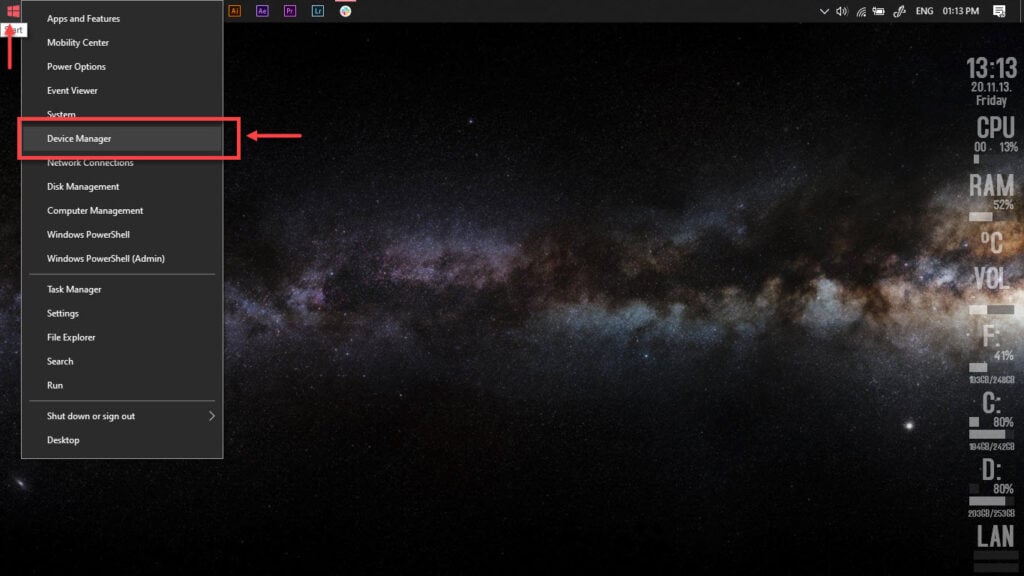
Step 2: Expand the problematic driver, right-click on it and click Update driver.
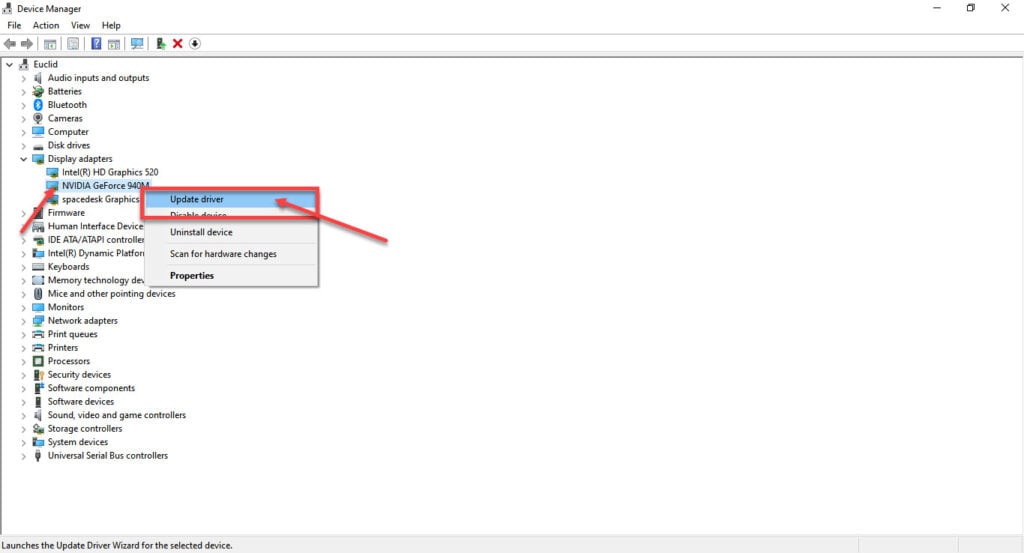
Step 3: Click on Search automatically for drivers. Windows will then automatically look for and download the latest drivers.
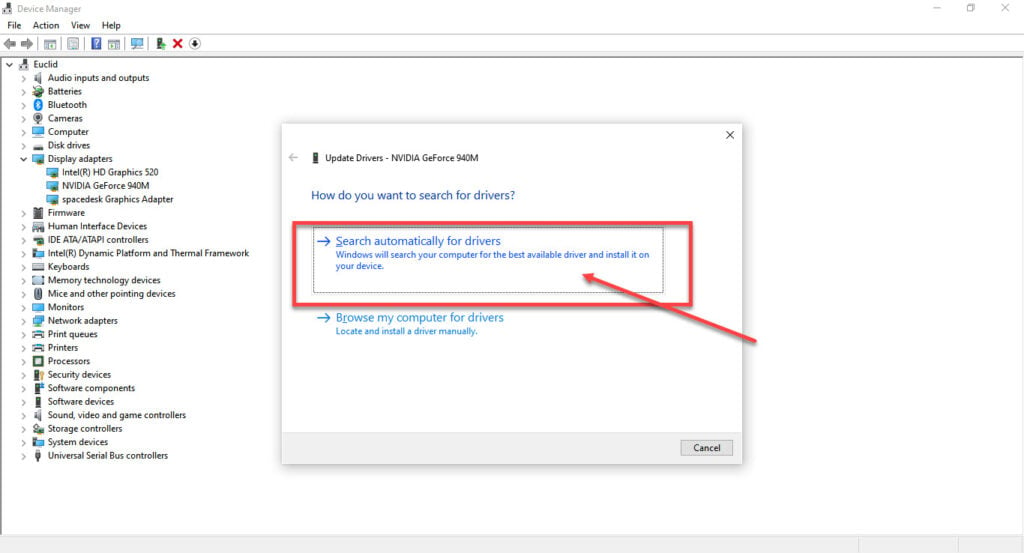
While this should help resolve the error, in case it doesn’t, click Uninstall device and restart your PC to force Windows to install the required drivers. You can then update them later.
Also read: T-Mobile Hotspot VPN issues: Quick Fix
Run an SFC scan
Corrupt files are the number one reason your PC might behave weirdly. Here’s how you can get rid of them and potentially resolve your issue.
Step 1: Press Windows Key + S to bring up the Cortana/Search box and search for Powershell. Open Windows Powershell from the search results.
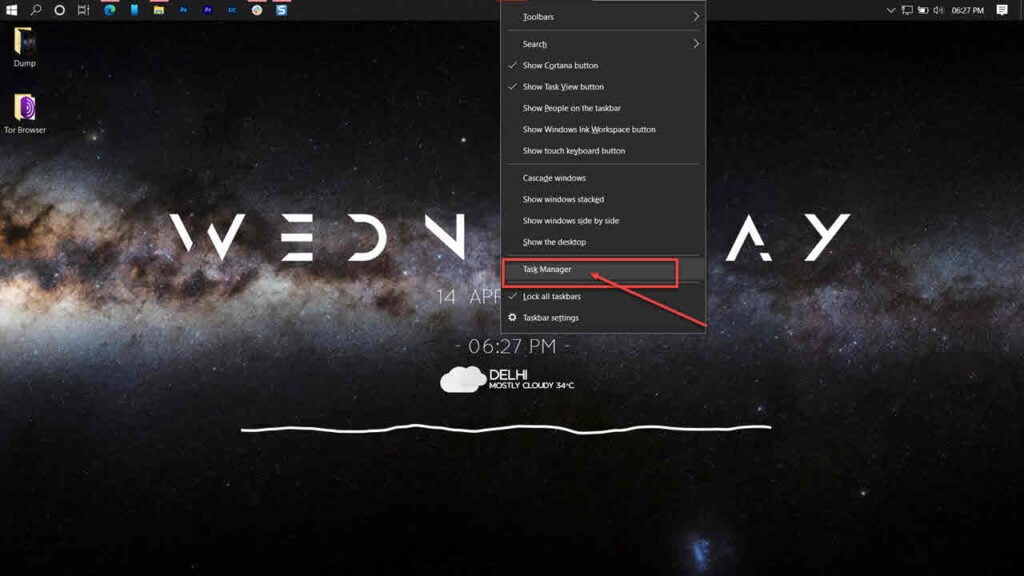
Step 2: Type sfc /scannow to scan your system for issues.
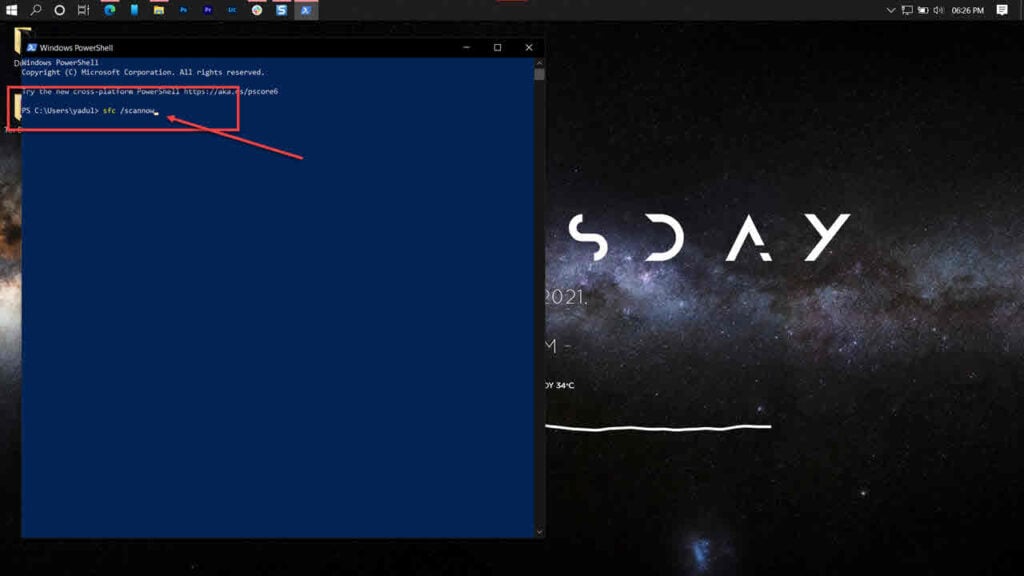
Step 3: If the SFC scan finds any problem, use the following command to resolve them.
DISM /Online /Cleanup-Image /RestoreHealth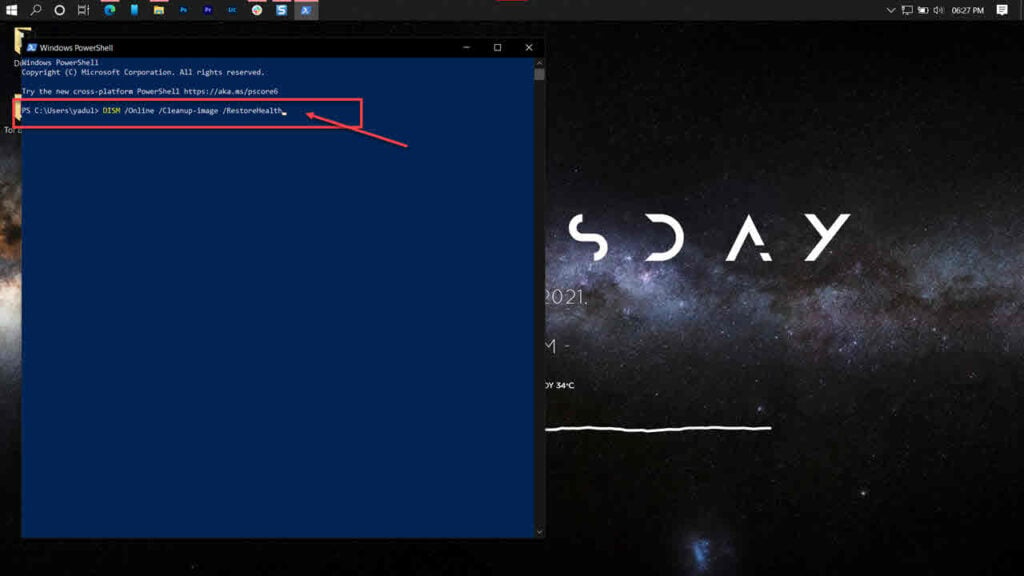
Restart your PC, and the BSOD should be gone.
Run the Windows Memory Diagnostics tool
If your RAM is seated properly but is failing, it can trigger this error. To check if there’s an issue with your RAM, follow these steps.
Step 1: Press the Windows key and search for Windows Memory Diagnostics. Then, click the corresponding search result.
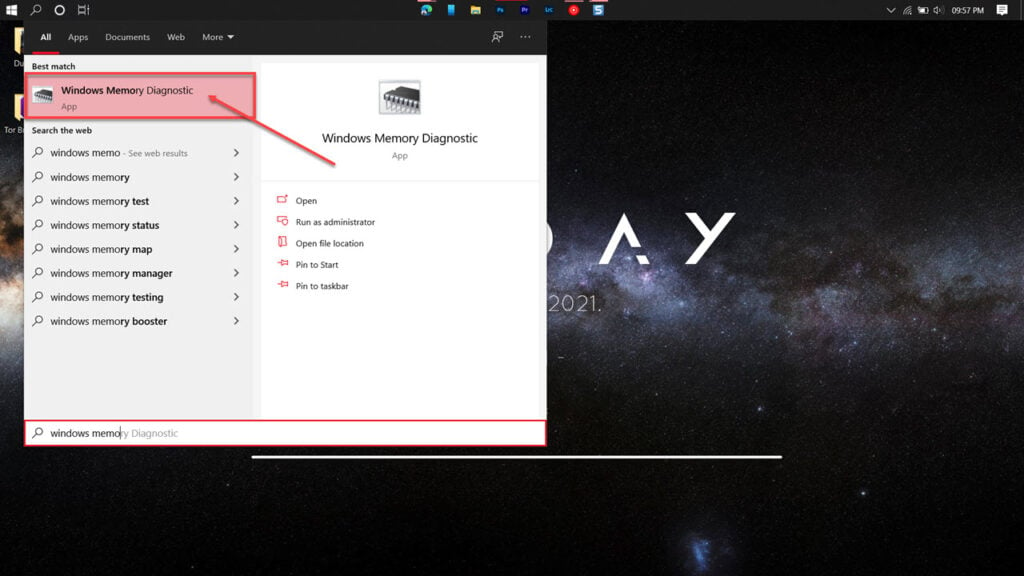
Step 2: Run the tool and click the Restart now button to check for problems.
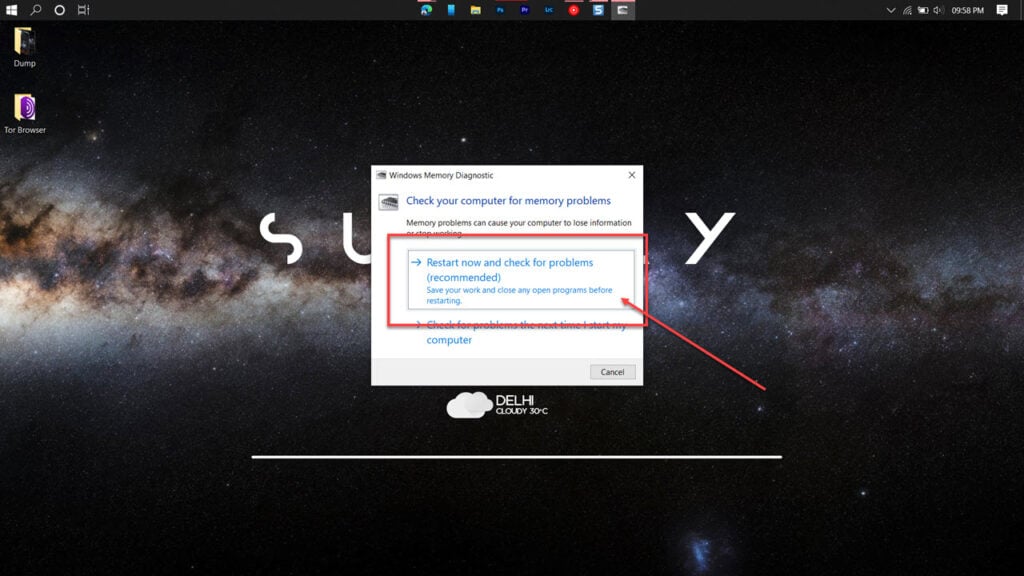
If you see some issues, try running the auto-troubleshoot to resolve the error.
Also read: Fix: Callisto Protocol PC frame drops issue
Run the Check Disk utility
A BSOD can very well be a sign of your boot drive failing to perform as it should. Try running the check disk utility to check whether or not your storage drives are, in fact, functional.
You can refer to our detailed guide here on how to run the check disk utility.
Run the Windows hardware troubleshooter
Windows comes with a few handy troubleshooters that can resolve many issues. However, for some reason, Microsoft has removed the hardware troubleshooter from the troubleshooter’s menu. So here’s an alternative way to run the hardware troubleshooter.
Step 1: Press the Windows key + R to open the Run prompt. Type cmd and hit enter.
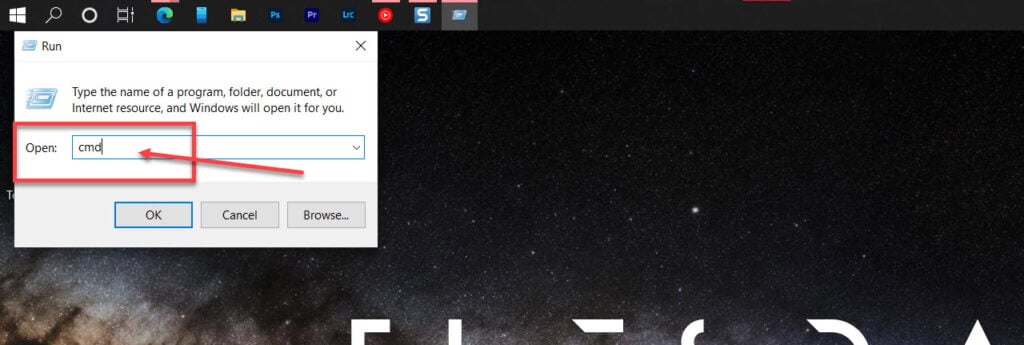
Step 2: Type msdt.exe -id DeviceDiagnostic and press enter. This will launch the hardware troubleshooter.
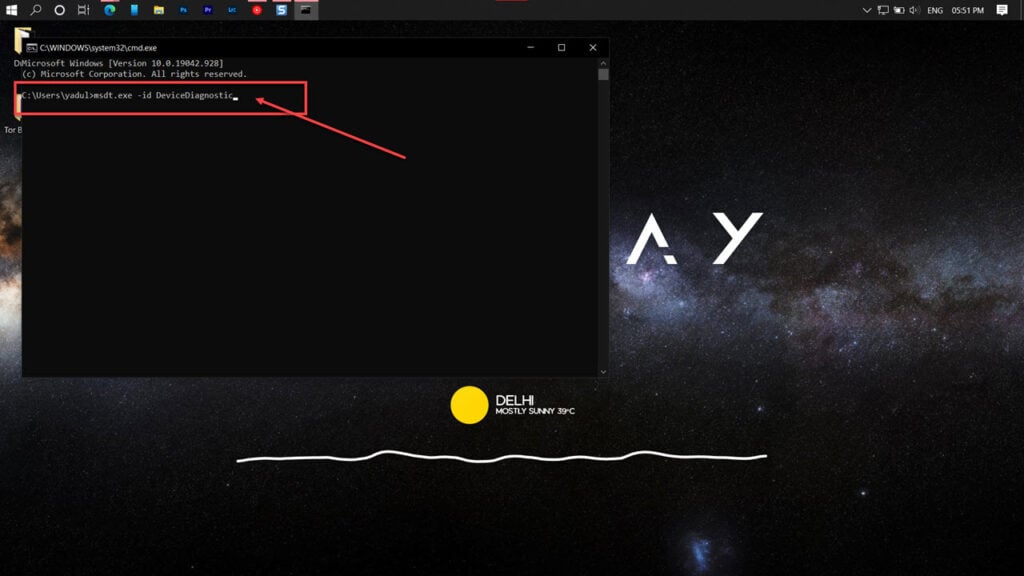
Proceed along as instructed by the troubleshooter.
Repair your system
If nothing else works, the best way to get rid of the error is by simply reinstalling or repairing your OS.
The Windows Media Creation tool is a great way to install Windows and repair the OS. Using this, you can perform a clean installation or repair your OS without affecting your data.
You can download the Media Creation Tool here
Also read: Why is PS4 light white instead of blue?






